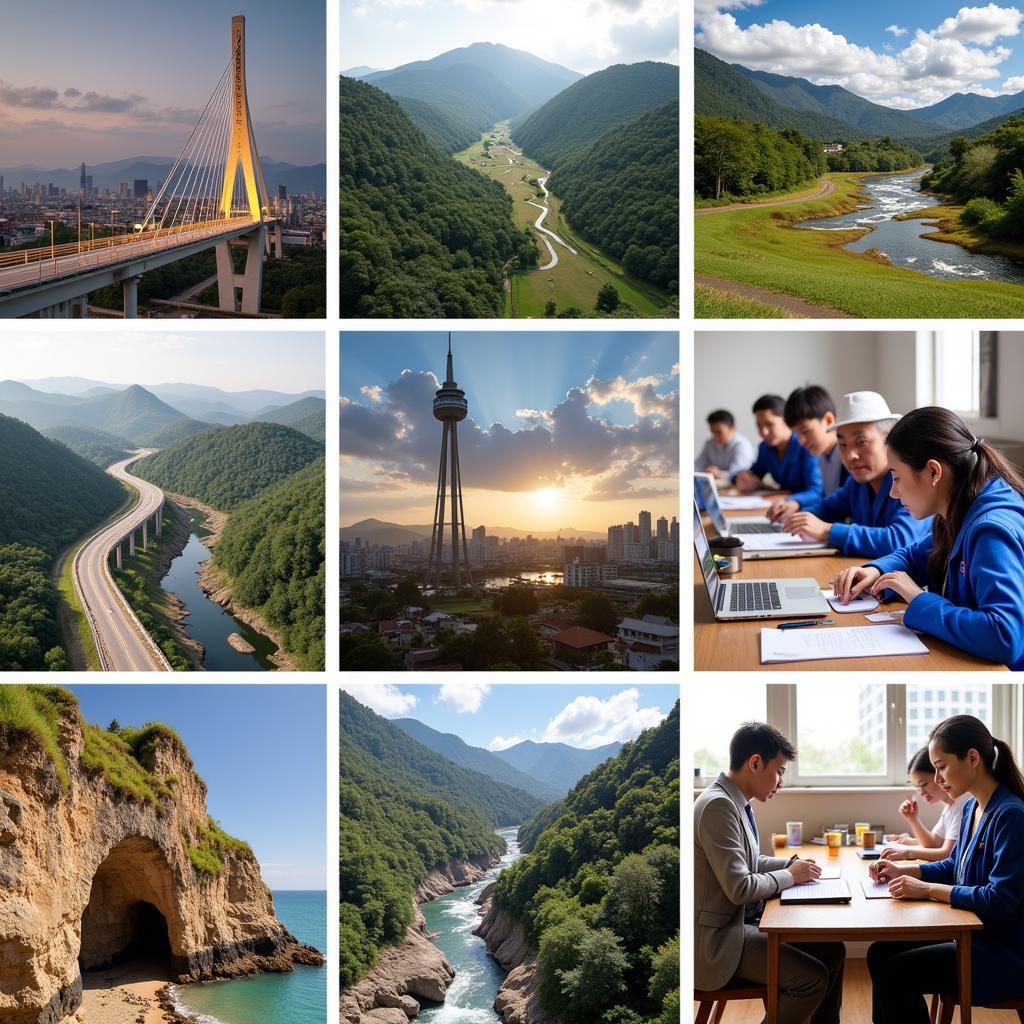The ASEAN Air Pass in 2014 offered a unique way to explore the diverse cultures and stunning landscapes of Southeast Asia. This article delves into the details of this now-defunct travel program, examining its benefits and drawbacks while reflecting on its impact on regional tourism. Let’s take a journey back to 2014 and uncover the story of the ASEAN Air Pass.
 ASEAN Air Pass 2014 Route Map
ASEAN Air Pass 2014 Route Map
One of the primary advantages of the Asean Air Pass 2014 was its potential for cost savings. By purchasing a set number of coupons, travelers could access a network of flights across participating ASEAN airlines, offering flexibility and potentially lower fares compared to purchasing individual tickets. This was especially appealing for those planning extensive multi-country itineraries. This system allowed adventurers to explore multiple Southeast Asian countries without the hassle of booking individual flights. Did you know that the pass covered destinations like bustling Bangkok, historical Hanoi, and the serene beaches of Bali? The possibilities were vast. Remember the aff asean football championships 2014? Perhaps some fans used this pass to follow their teams!
Understanding the ASEAN Air Pass 2014 Structure
The ASEAN Air Pass 2014 wasn’t a single pass, but rather a system of coupons purchased in blocks of 10. These coupons could then be redeemed for flights on participating airlines within a specified time frame. This allowed for a degree of customization, enabling travelers to tailor their journeys to their individual preferences. However, it’s important to note that the coupon value wasn’t always transparent, and calculating the true cost of a trip required careful planning.
One common misconception was that the ASEAN Air Pass guaranteed the cheapest flights. While it offered the potential for savings, the cost effectiveness depended heavily on the chosen itinerary and the specific airlines used. Factors like booking time and flight availability also played a role. Did you know some travelers found using budget airlines for shorter hops within Southeast Asia could sometimes be more affordable than using the ASEAN Air Pass coupons?
ASEAN Air Pass 2014: Challenges and Limitations
While the ASEAN Air Pass 2014 offered exciting opportunities, it also presented certain challenges. The limited number of participating airlines and restricted routes meant that travelers might not always be able to reach their desired destinations directly or conveniently. Furthermore, managing the coupons and understanding their value could sometimes be complex, requiring meticulous planning and budgeting. This highlights the importance of thorough research before committing to the ASEAN Air Pass.
“The ASEAN Air Pass had its strengths and weaknesses,” notes travel expert Amelia Tran, “While it offered a unique way to experience the region, its complexities meant that it wasn’t the ideal solution for every traveler.”
Another aspect to consider was the fluctuating exchange rates, particularly impacting travelers who didn’t reside in ASEAN countries. These fluctuations could affect the overall cost of the trip, making it difficult to accurately budget in advance. Would you consider this pass if you were planning a trip today? It’s interesting to contemplate how such a program could be revived and improved in the future, perhaps incorporating lessons learned from the 2014 version. You might also want to learn more about ase leadership.
Conclusion: A Look Back at the ASEAN Air Pass 2014
The ASEAN Air Pass 2014 represented an innovative approach to regional travel within Southeast Asia. While it offered distinct advantages for certain travelers, its complexities and limitations meant that it wasn’t a one-size-fits-all solution. Understanding the nuances of the program was crucial for maximizing its benefits. Perhaps the ASEAN Air Pass 2014 can serve as a valuable case study for future regional travel initiatives.
See myanmar asean and asea sec 4 for more information on ASEAN.
“Ultimately, the success of the ASEAN Air Pass depended on individual travel styles and meticulous planning,” adds travel consultant David Nguyen. “For those willing to invest the time and effort, it offered a rewarding way to explore Southeast Asia.” Don’t forget to check out asean car sales 2015 for interesting statistics!
Need support? Contact us 24/7: Phone: 0369020373, Email: aseanmediadirectory@gmail.com, or visit us at Ngoc Lien Village, Hiep Hoa, Bac Giang, Vietnam.

